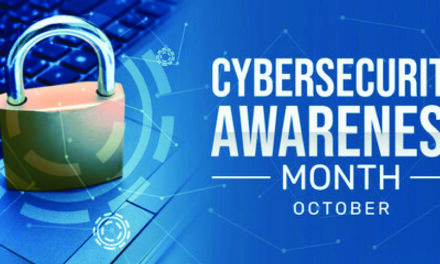By Shelby Kimes
Have you heard about ransomware’s dangers lately but don’t fully understand it? Ransomware poses a major risk to an organization’s data security and is expected to become a bigger problem.
Ransomware is malicious software (malware) cybercriminals use to target and extort money from computer users and organizations. It infects a system or encrypts specific files on the user’s machine so the victim’s information can’t be accessed unless a ransom is paid. As technology advances, ransomware becomes increasingly common and sophisticated, making it one of today’s most significant cybersecurity threats.
In this article, we will explain how ransomware works, its various forms, current trends in its spread, and tips on protecting your organization against it. With an awareness of how serious this threat can be — and the crucial steps necessary to prevent its calculated destruction — you can help ensure the safety of your data against cyber attackers.
How Does Ransomware Work
The word “ransom” in ransomware is a tip-off about how this malicious software works. The hacker creates ransomware to steal an organization’s data to blackmail the victim into giving them something – usually large sums of currency in the form of cryptocurrency. Once the sensitive data is collected, the ransomware makes a ransom demand to the victim – usually in the form of a digital ransom note in the background of your computer or text files.
In 2021 alone, ransomware cost the world $20 billion. That number is expected to skyrocket to $265 billion by 2031. In 2021, 37 percent of businesses and organizations were hit by ransomware. According to CybersecurityVentures, 60% of small companies close their businesses within six months of a ransomware attack.
How Does Ransomware Get Into A Cyber System
Ransomware spreads via malicious emails that appear from legitimate sources but will download a virus onto your device if clicked. The most common way ransomware gains access to systems is through phishing emails. These tactics can often be hard to spot, putting you at risk of identity theft and data loss.
Remote Desktop Protocol (RDP) is another ransomware avenue. Using RDP, an assailant who has stolen or guessed a worker’s login details can use them to sanction and remotely access a computer within the corporate network. Blessed with this access, the assailant can vocally download the malware and initiate it on the machine beneath their control.
How to Protect Your Organization from Ransomware Attacks
Keeping all of your systems up to date wards off ransomware attacks. Hackers often look for vulnerabilities in systems to exploit; if your system isn’t current, it will have more loopholes. Make sure you patch your system when the updated version is available.
User Authentication is a popular method that keeps you safe from ransomware. Digital authentication of a person confirms the individuality of someone trying to obtain entry to a computer system or network by sanctioning a man-to-machine shift of qualifications upon communication on a network to attest if somebody is genuine. In layperson’s terms, user authentication technology makes it incredibly hard for anyone who doesn’t have access to the information to get to the data.
Since ransomware is mainly spread through phishing emails, it’s imperative that workers can identify one. The best protection from ransomware is cyber awareness training and education. Contact NC State University Industry Expansion Solutions (IES) to start your cybersecurity journey.













